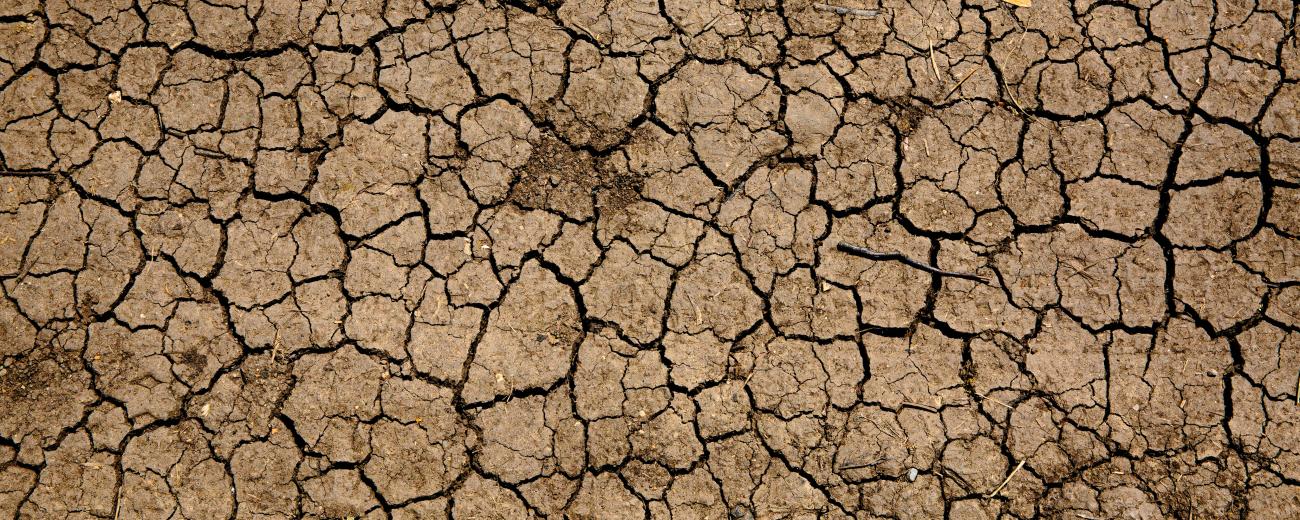Managing climate risk and the cost of capital in climate-vulnerable countries


Overview
Climate-vulnerable developing countries are most exposed to the physical impacts of climate change, including an increase in the frequency and intensity of extreme weather events such as storms, droughts, floods, and heat waves, as well as chronic impacts, such as worsening water stress or a sea-level rise. These countries also tend to lack the financial resources to mitigate risks and adapt to climate change by investing in climate-resilient infrastructure and other resilience-enhancing measures.
Research conducted at SOAS between 2017 and 2019 represents the first systematic analysis of the relationship between climate vulnerability and the cost of capital in developing countries. The initial research was conducted in 2017-2018 by an interdisciplinary team comprising Professor Gerhard Kling (Professor of International Business and Management at SOAS until August 2019), Professor Victor Murinde (AXA Professor in Global Finance) and Dr Ulrich Volz (Reader in Economics) together with Yuen Lo (MSc student and RA in 2018). A report based on this research was launched in London by SOAS, Imperial College and the United Nations Environment Programme (UNEP).
To investigate the impact of climate vulnerability on sovereign bond yields, the research by SOAS applied econometric analysis using measures of climate vulnerability and social preparedness for the impacts of climate change along with a series of macroeconomic control variables. The research found that the incremental debt cost due to higher climate vulnerability, for the Vulnerable Twenty Group (V20) countries, exceeded USD 62 billion over this period. The research also found that a lack of social readiness, which includes education and infrastructure, has a negative and significant effect on bond yields, implying that social and physical investments can mitigate climate risk-related debt costs and help to stabilise the cost of debt for vulnerable countries.
The research recommended greater investment in climate resilience in vulnerable countries. It also highlighted ways in which international cooperative efforts to measure, monitor, and transfer climate risks will provide an opportunity to prevent a deterioration of sovereign borrowing capacity in affected countries. Bob Buhr, Charles Donovan and Natalie Pullin from Imperial College contributed the country case studies to this report. The framing was developed jointly by SOAS and Imperial College.
Follow-up research conducted in 2019 by Kling, Volz, Murinde and Sibel Ayas (Visiting Researcher at SOAS in 2019) showed that the cost of capital problem also extends to businesses in vulnerable developing countries. It showed that on average the cost of corporate debt in high-risk countries is 0.68 percentage points higher than in low-risk countries because of climate vulnerability, highlighting the urgency of scaling up investments in adaptation that can mitigate vulnerability risks and demonstrated that climate-vulnerable developing economies need international support through innovative risk transfer mechanisms that would facilitate private and public investments.
Impact
- Led to direct policy actions by the Ministers of Finance of the V20 of 48 climate-vulnerable developing countries that are home to 1.2 billion people.
- Influenced the work of several international financial organisations.
- Led the UK government to commission a study on the role of climate risk transparency in preparation of COP26.
- Led to an award of funding by a research network aiming to support central banks and supervisors in their work to manage climate risk and mobilise finance to support the transition to a sustainable economy through innovative research.
- Picked up by a wide range of international media and thereby contributed to raising awareness of the problem in business, finance, civil society and public policy.



